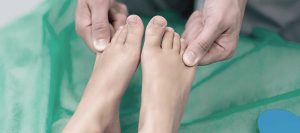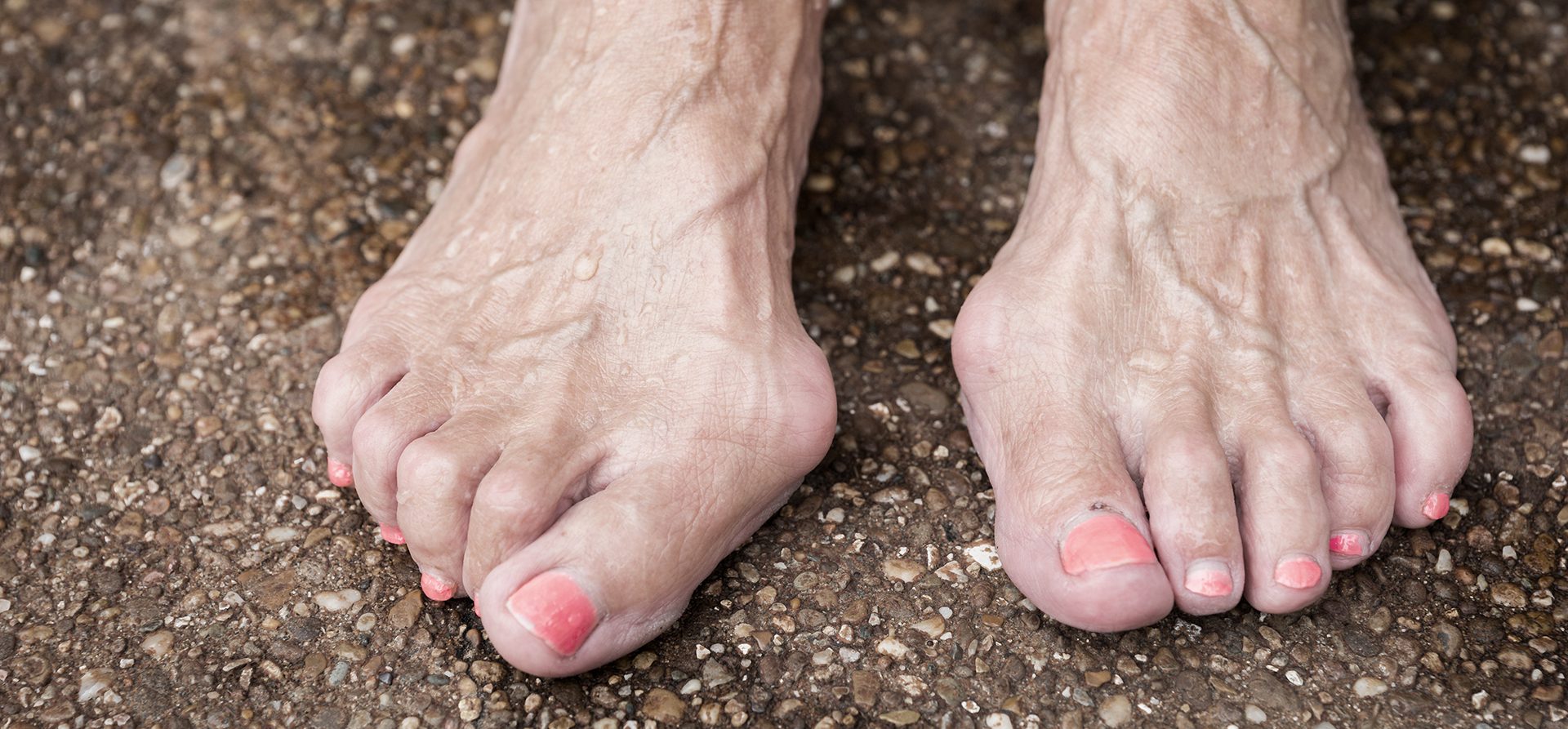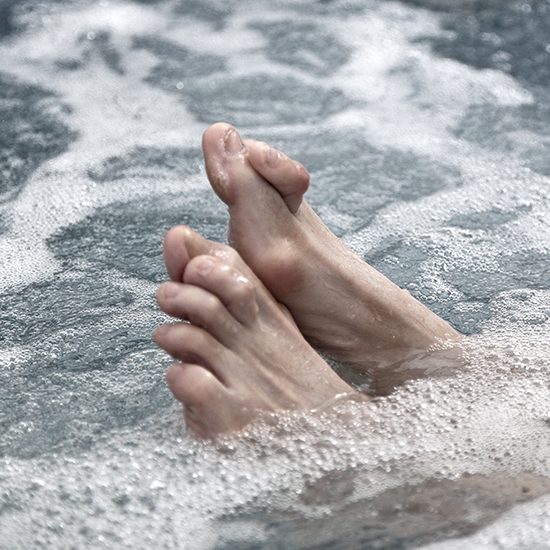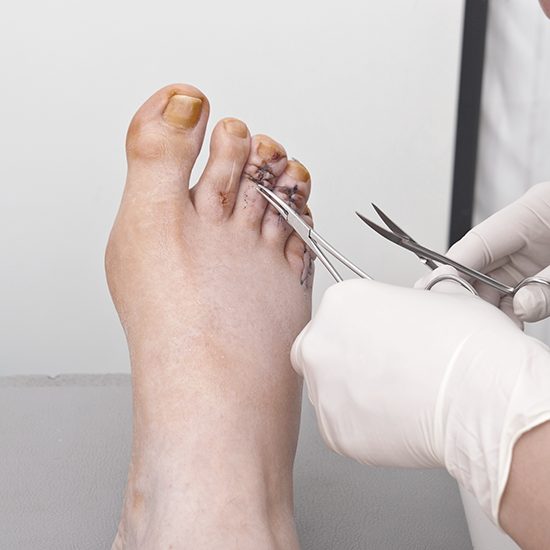What Exactly Causes Hammertoes?
There are four causes of the muscular imbalance that often leads to the development of hammertoes. Not necessarily in order of importance, they are: genetics, ill fitting shoes, disease and trauma. More on each follows below.
Genes
As is the case with many medical conditions, predisposition can be a factor in hammertoe development. The foot type you are born with can make you more susceptible to this condition, especially if they are flat and flexible. This is because a flattening arch often occurs as a foot tries to stabilize itself.
High arches are also problematic because extensor tendons, which are those muscles that attach to both the big and lesser toes, overpower the flexors, which are the tendons that serve to bend them.
Ill-Fitting Shoes
If shoes are too narrow or put too much pressure on the toes, such as high heels, or if they provide little or no arch support, hammertoes can easily occur.
They occur more frequently in women because of high heels, which may greatly accentuate the beauty of a woman’s leg, but must have secretly been designed by someone who did not wish women well at all.
Disease
Some neuromuscular maladies can contribute to the formation of a hammer toe. Arthritis in a toe joint can easily lead to the formation of this malady, and diabetics face the possible danger of the loss of a toe or foot due to complications arising from an infected corn or lesion of any kind.
Trauma
It is not common, but traumatic injury can result in a hammertoe.











